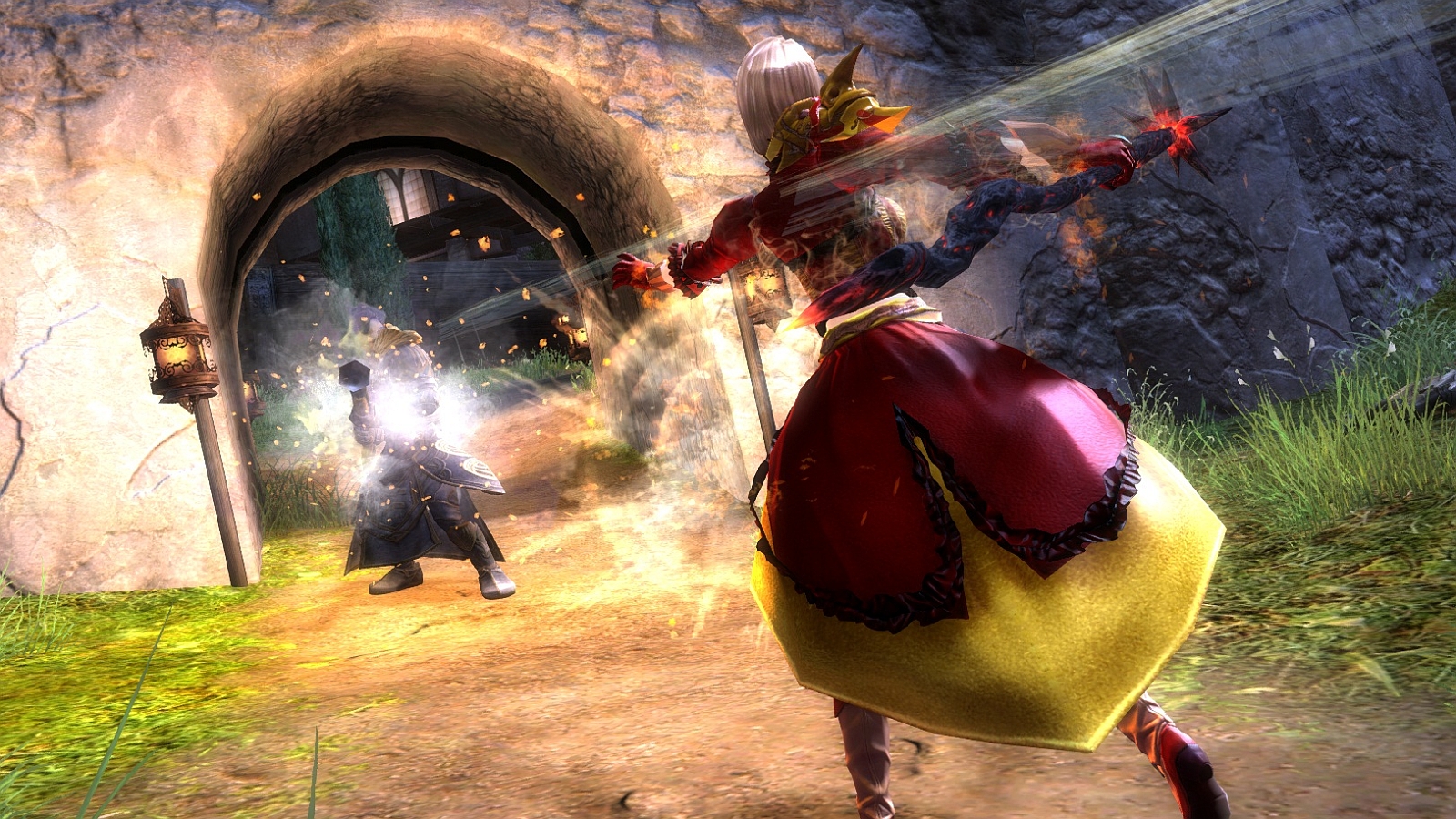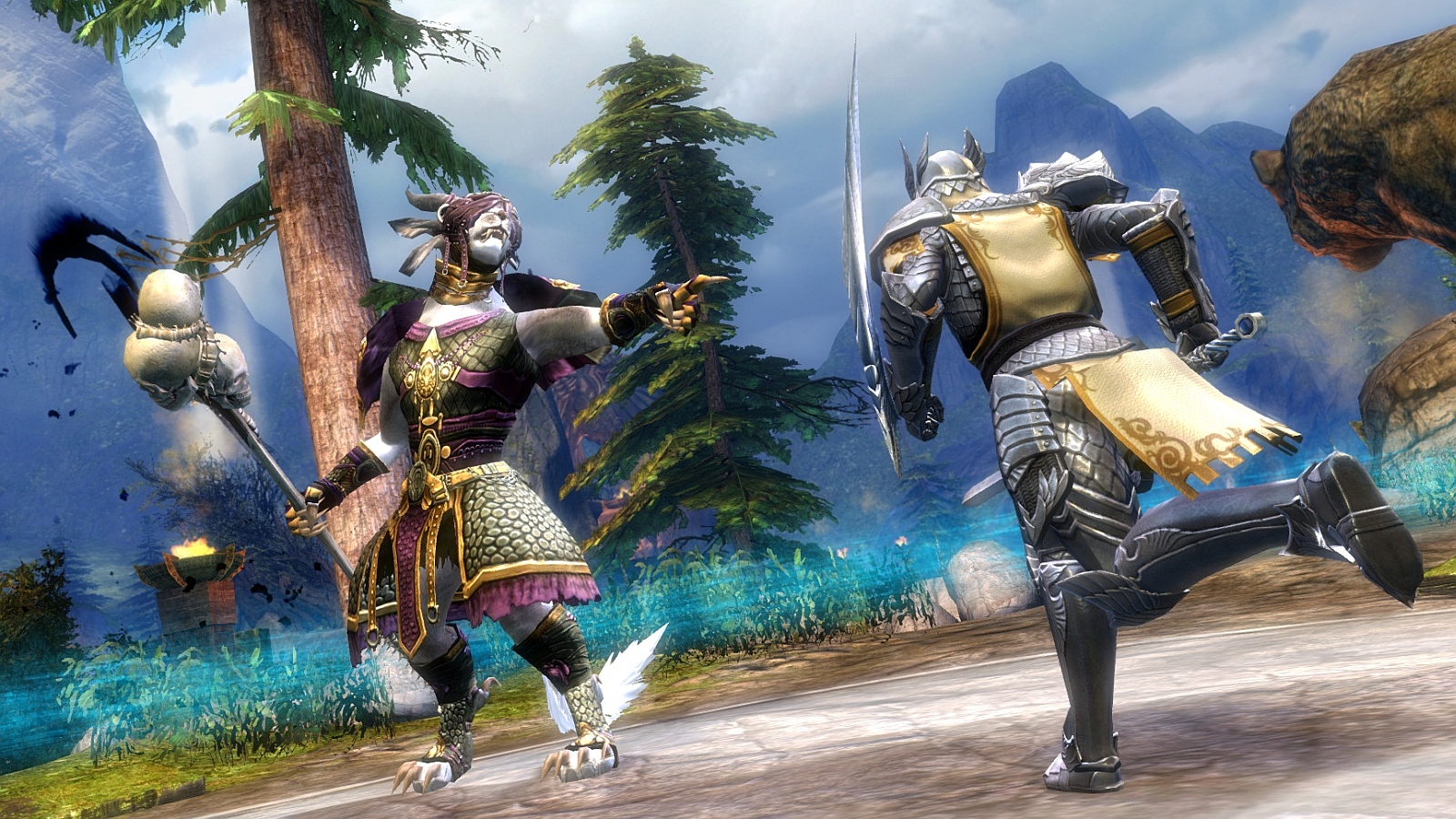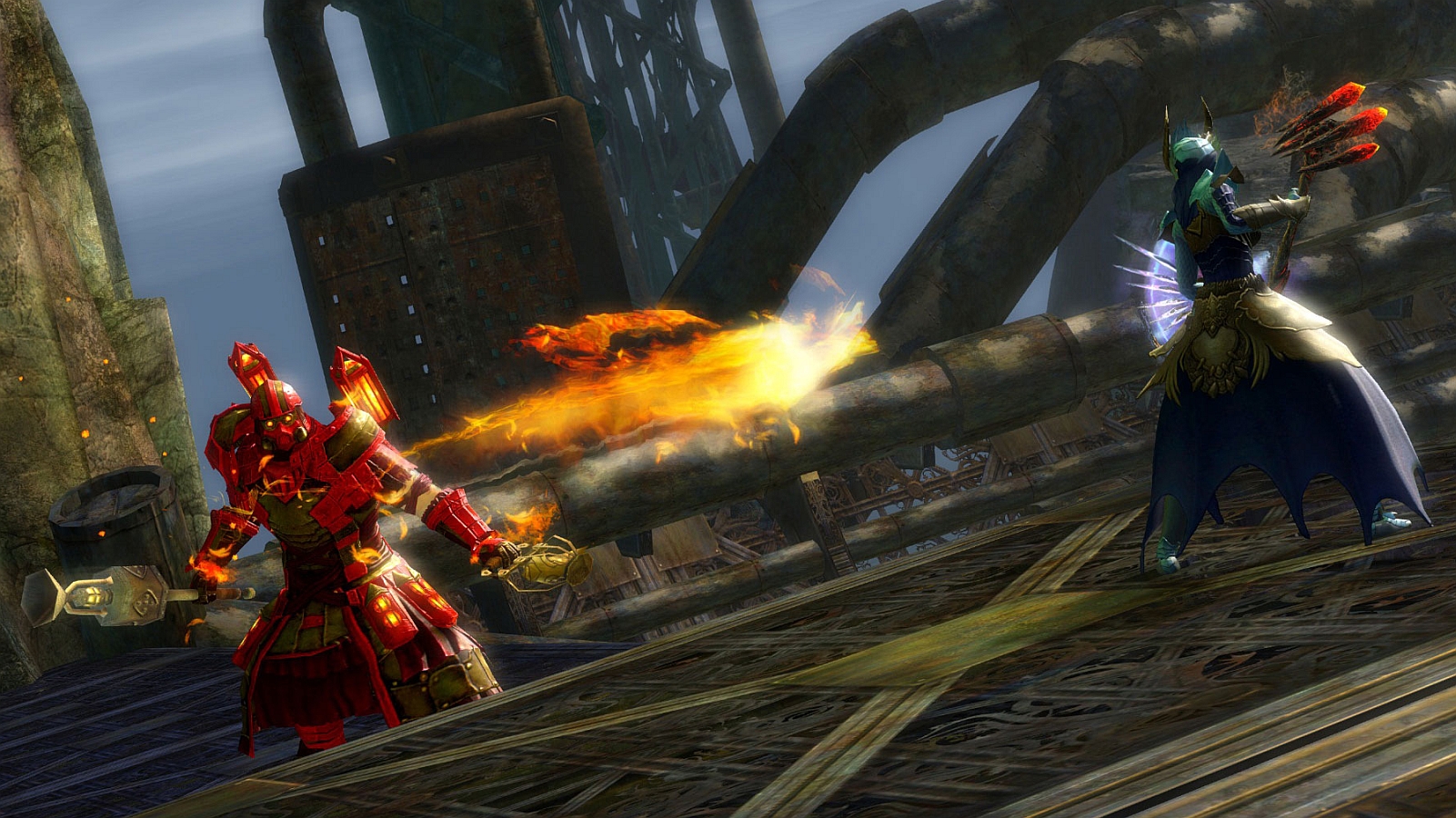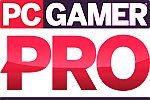ArenaNet unveil the future of competitive Guild Wars 2 with Pro Leagues

PCG: What would you say makes Guild Wars 2 different as an esport, given that there are a lot of competitive games and it’s a very competitive space?
CJ: I think from a gameplay standpoint one of the most important ones is the lack of barriers to entry. With the game now being free to download and play, basically forever, you can just go download the game, jump in, and as soon as you get a character to level 2, which takes about 20 minutes, you can press the PvP button and you can go play PvP with a max-level character in max gear, and everybody is instantly on the same even playing field. You don’t have to grind through or go through this massive paywall of hundreds of dollars or hundreds of hours before you unlock all these different heroes so you can be competitive.
In Guild Wars 2 we want it to be all about player skill. That is what our competitive gameplay is all about, that’s what PvP is all about, and it means that 20 minutes into the game you have all the tools of anyone that you’re gonna be fighting against, and it just comes down to how good of a player are you and how good can you become, and I think that’s a really refreshing message in this day and age for competitive gameplay.
Another huge thing is our action-oriented combat. The combat system in Guild Wars 2 is fast-paced, it’s all about player skill, characters are moving all over the place. They have a high level of skill combos, where you're working with players around you so you can combo together and use your abilities to overcome your enemies.
And I think that layer of player cohesion and the ability for players to work off of their teammates is something that really helps us stand apart too, and that the better you can be with the people playing around you, your skill level becomes a multiplier to push the difference between your team and other teams.
We see quite often that the teams that have the best player don’t often win, it’s the team that has the best five players playing together that win in competitive Guild Wars 2. I think that’s a nice message to anyone who’s excited about competitive PvP.

Steve Fowler, Head of Global Marketing: I think that we offer an alternative to what current viewers and players are watching, and one of the things that benefits our game is session length. Our matches are 15 minutes or less, where typically you go watch a MOBA match and there’s a very long amount of time you’ve got to invest to see what happens, especially if it’s best out of three.
The biggest gaming news, reviews and hardware deals
Keep up to date with the most important stories and the best deals, as picked by the PC Gamer team.
It’s kind of more of a bite-size viewership, and allows us to show more matches, more variations in the maps that are played, more variations in the compositions of the teams are put together.
PCG: In terms of the pro scene that you’ve already had, what have your main learnings been in terms of things that haven't gone so well, that you now want to address?
SF: We’ve learned a lot about the way that we’ve organised and structured the tournament. ESL has helped guide us in some of that. I think one of the great things about Pro Leagues, and we haven’t really talked about it yet, is that every single week will have matchups just like a professional sports league would have. In the past with our Go4 Cups they’ve been bracket-based tournaments every week. What ended up happening is it didn’t really foster team cohesion, in the sense that you can go in on a Sunday right now in Go4, put together a team of five, play, win money, disband, and just have the same opportunity the next week.
It didn’t encourage teams to stay together, and so it’s been hard for us to have team identity. Beyond the top one or two in Europe and top one or two in North America, there’s a lot of shuffling that goes on in our scene, and I think that’s one of the main learnings that Pro Leagues solves for us. The prize is at the end of the rainbow, so that encourages teams to stay together, plus every single week every single team that’s in it has a chance to win, because it is team one versus team eight one weekend, and team two versus team seven one weekend, so on and so forth, and every weekend you’ll have four winners, where right now every weekend there’s only one winner in each region.
It creates a lot more excitement, it creates the ability for us to put more personality and branding around these teams, because we believe that they are going to stay together for the reasons I’ve just said but also because the prize pool is now much, much greater. It’s real now. It’s serious business for these guys.
PCG: Does this whole thing entail a scaling-up in the production values of the casting, the analysis, the presentation, everything else that goes with an esport? Are you anticipating using the same talent or bringing in new talent? How does that all fit together?

Joshua Davis, Competitive Brand Manager: Competitive over the past three years has really been built with the guys out in the community, and they’ve helped us get there, and I think it’s really important for us to keep those guys involved as we start scaling things up. And so we do definitely just plan to keep using our community guys.
PCG: Looking further ahead, you’ve got the plan for the first Pro Leagues. What happens beyond that? Do you anticipate continuing to grow it? Do you have a target for that, or is it a case of just seeing what the community wants and how much they take to it?
SF: Absolutely this is a long-term commitment for the brand, the franchise, for us as a studio. You know, we’re an MMO, so we expect Guild Wars 2 to be healthy and viable as a game and as a business for tens of years potentially. This is a critical component. We’re in it for the long haul. There will be structured organised pro-level competitive play for as long as Guild Wars 2 is alive.
CJ: Just to echo what Steve said, I think every year since our game has launched we have continued to grow the competitive side and become better and better at supporting that community, and in particular supporting the top-tier competitive community, and allowing the core community to grow with them. I think in the last year we made a huge jump.
This next year, with the Pro League and in-game competitive league system we’re gonna make another huge jump, and I think if we follow that trend the year after that we’re only gonna grow even more and make another jump with the game after that. Not only are we gonna keep developing and growing this, we have a really cool opportunity to take a year’s worth of learnings after this Pro League and apply it to things we do in the future and become even better at what we do.
I think that’s one of the things that historically as a studio that we’ve been really great about. We’re really agile. We’re adept at doing things, learning from them, and applying those learnings quickly to the things that we do. That’s how we got to the point that we’re doing this Pro League today, and a year from now I can’t imagine what we might be doing next.

PC Gamer Pro is dedicated to esports and competitive gaming. Check back every day for exciting, fun and informative articles about League of Legends, Dota 2, Hearthstone, CS:GO and more. GL HF!
Joining in 2011, Chris made his start with PC Gamer turning beautiful trees into magazines, first as a writer and later as deputy editor. Once PCG's reluctant MMO champion , his discovery of Dota 2 in 2012 led him to much darker, stranger places. In 2015, Chris became the editor of PC Gamer Pro, overseeing our online coverage of competitive gaming and esports. He left in 2017, and can be now found making games and recording the Crate & Crowbar podcast.


